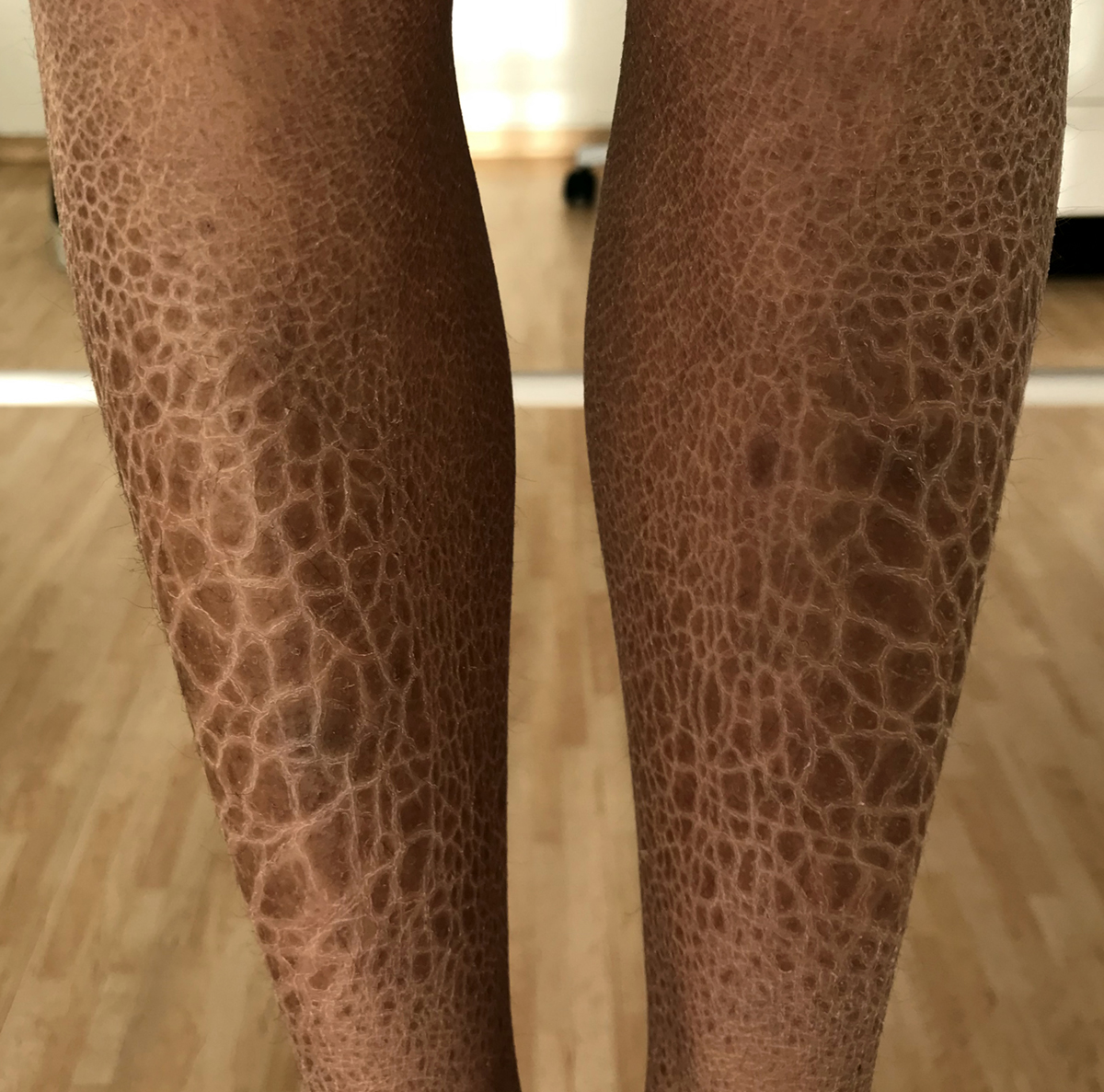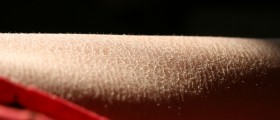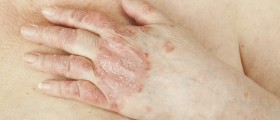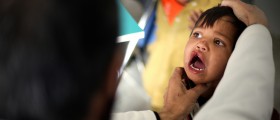
Definition of Harlequin Ichthyosis
Harlequin ichthyosis is a skin related medical condition and it is actually the most severe type of congenital ichthyosis. Its main characteristics include a thickening of the keratin layer in fetal human skin. A baby born with this skin related medical condition has very hard, thick skin which covers the most portions of the body. The skin contains large scales shaped like diamonds which tend to have a red color. The condition also usually involves abnormal contractions of the penis, ears and the eyes and the movement of the legs and the arms is usually limited due to the condition. In some cases the condition may also involve restricted movement of the chest which usually ends in various different breathing difficulties and, eventually, respiratory failure. The normal skin folds easily, but the skin of an infant affected by harlequin ichthyosis develops cracks at those areas of the body so various different types of bacteria and others sorts of contaminants easily enter the body and lead to the development of numerous different types of infections. Due to the thick skin, the affected child cannot regulate the body temperature in a proper manner and there are also issues with controlling the water loss. This may lead to a loss of significant amounts of water and life threatening cases of dehydration. Fortunately enough, harlequin ichthyosis is a very rare medical condition and the exact number of cases is largely unknown.
History of Harlequin Ichthyosis
Harleqyin ichthyosis has been discovered in 1750 by Oliver Hat who was a cleric in Charleston, South Carolina. He described it as a medical condition which involved very hard and dry skin which appeared to be cracked in many portions of the body of the poor infant who was affected by the disorder. He also said that the scales on the skin resembled the scales of a fish. The child also had a large, round and open mouth and it had no external nose, just the holes in the place where the nose was supposed to be. The child’s eyes were actually large lumps of coagulated blood and the poor toddler did not have any external holes. As were the case with the nose, there were only holes where the ears were supposed to be. The hands and feet of the child were described as very swollen and cramped up. Harlequin ichtyosis got its name for the facial expression commonly associated with the disorder and because of the scales which are shaped like diamonds so they resemble the costume of Harlequin. During the recent years it has become possible to diagnose the disorder even before the child is born by utilizing morphologic analysis of amniotic fluid cells which can be obtained by amniocentesis. Fetal skin biopsy can also be used for the same purposes. The disease can also be easily recognized by means of an ultrasound and 3D ultrasound. The modern medical support made it possible for the affected infants to survive into childhood and adolescence, which was not always the case in the past.
Causes of Harlequin Ichthyosis
Harlequin ichthyosis is caused by certain mutations in the gene known as ABCA12 gene. This gene is responsible for the production of a certain type of protein which is in charge of normal development of skin cells. When the mutations in the gene occur, the production of the needed protein gets significantly decreased so the lipids cannot be transformed throughout the body properly. All of this leads to abnormal development of epidermis and the occurrence of hard thick scales on the skin. Two copies of the gene in each cell need to be altered before this medical condition can be inherited so that is why it is medicinally considered as an autosomal recessive pattern. In most cases the parents of an affected infant carry a copy of the mutated gene without ever showing any symptoms or signs of harlequin ichthyosis.
Signs and Symptoms of Harlequin Ichthyosis
The most common symptoms include various different types of facial and cranial deformities. Among the frequently featured ones are poorly developed or entirely absent nose and ears. This medical condition also often involves severe evertion of the eyelids which often ends up in dangerous types of eye infections. It is very common for affected eyes to bleed at birth, as is already described in the first historically documented case of this dreadful medical condition. The lips of an affected infant are usually deformed, pulled and fixed into a wide grimace. Fingers, feet and arms are always deformed and sometimes smaller than they should be. Children affected by harlequin ichthyosis are commonly affected by temperature changes, restricted perspiration and several other issues which may lead to severe cases of hyperthermia, respiratory failure, hypoventilation and dehydration.
Treatment and Prognosis
In the past, this medical condition was usually fatal, but nowadays, medicaments such as Isotretinoin make it possible for the patients to survive into their early twenties. There is a constant progress in the field of treatment plans and methods.

















Your thoughts on this
Loading...